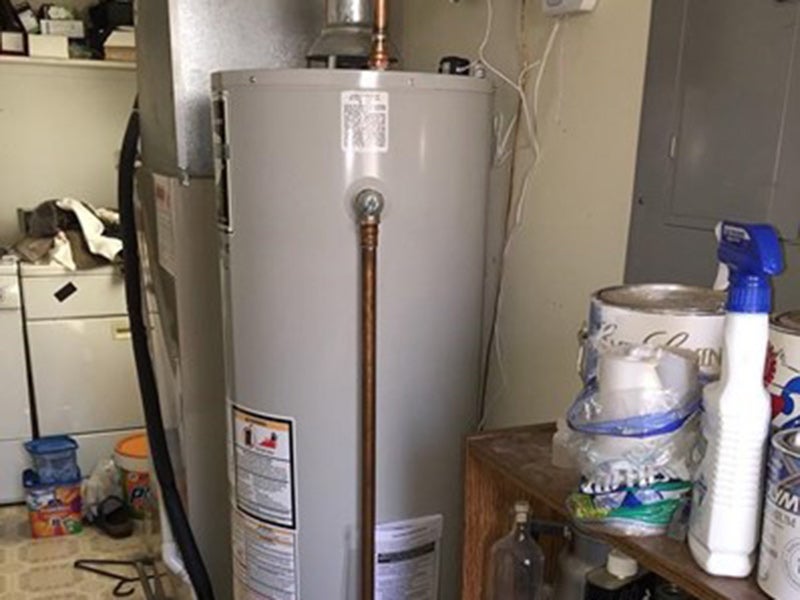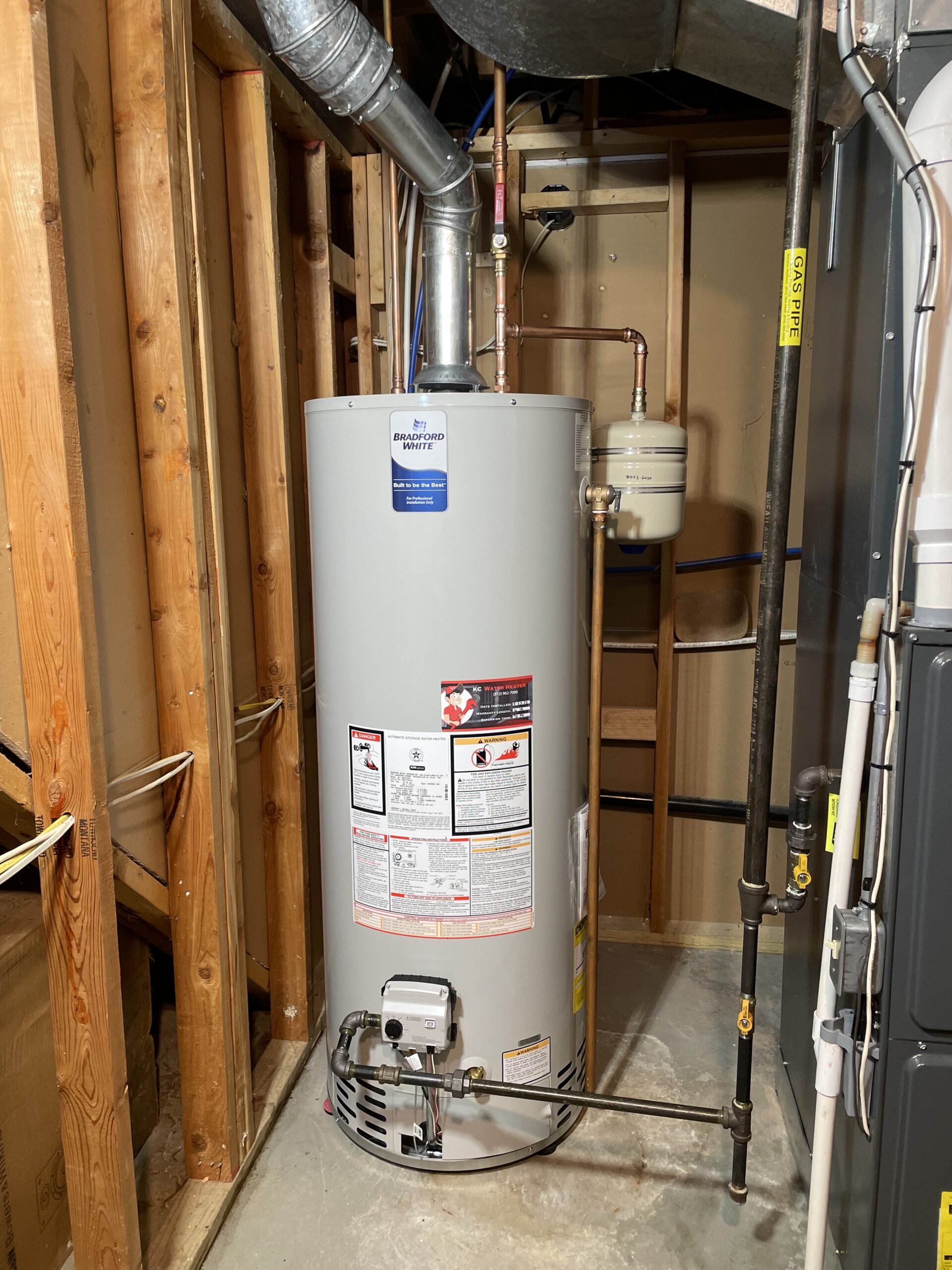We've noticed this article relating to Tips on Maintaining a Water Heater directly below on the internet and thought it made good sense to talk about it with you here.

Hot water is crucial for daily convenience, whether it's for a revitalizing shower or cleaning dishes. To guarantee your hot water system runs successfully and lasts longer, routine maintenance is crucial. This article offers functional pointers and insights on how to preserve your home's hot water system to prevent disturbances and costly repair work.
Introduction
Preserving your home's warm water system may appear daunting, but with a few basic actions, you can ensure it operates smoothly for many years ahead. This overview covers every little thing from recognizing your hot water system to DIY maintenance suggestions and knowing when to contact expert assistance.
Value of Keeping Your Warm Water System
Regular maintenance not only extends the life expectancy of your warm water system however likewise guarantees it runs successfully. Disregarding upkeep can lead to reduced performance, greater energy expenses, and even premature failure of the system.
Indications Your Hot Water System Requirements Upkeep
Understanding when your hot water system needs interest can stop major problems. Watch out for indications such as inconsistent water temperature level, odd noises from the heating unit, or rustic water.
Flushing the Water Heater
Flushing your water heater removes sediment build-up, boosting performance and lengthening its life.
Monitoring and Replacing Anode Rods
Anode rods avoid deterioration inside the container. Checking and replacing them when broken is critical.
Facility Problems Needing Expert Help
Examples consist of significant leaks, electrical problems, or if your water heater is regularly underperforming.
Routine Specialist Upkeep Advantages
Professional upkeep can include comprehensive inspections, tune-ups, and making certain conformity with safety criteria.
Evaluating and Readjusting Temperature Level Setups
Changing the temperature settings makes certain ideal performance and safety.
DIY Tips for Upkeep
You can execute several maintenance jobs on your own to maintain your hot water system in top problem.
Looking for Leaks
Frequently examine pipes and links for leakages, as these can result in water damages and higher costs.
Recognizing Your Warm Water System
Before diving right into maintenance jobs, it's practical to understand the basic parts of your hot water system. Generally, this consists of the hot water heater itself, pipes, anode rods, and temperature level controls.
Regular Monthly Maintenance Tasks
Normal regular monthly checks can help capture small issues before they escalate.
Examining Pressure Alleviation Valves
Checking the pressure safety valve ensures it operates properly and avoids too much pressure buildup.
Insulating Pipes
Insulating warm water pipes lowers warmth loss and can save power.
When to Call an Expert
While DIY upkeep is advantageous, some problems require specialist knowledge.
Verdict
Routine upkeep of your home's hot water system is crucial for efficiency, durability, and cost financial savings. By following these ideas and understanding when to seek expert aid, you can guarantee a trusted supply of warm water without unforeseen disruptions.
Water Heater Maintenance: The Basics
Maintaining your water heater will ensure it operates efficiently and has a longer lifespan. Neglecting regular maintenance can lead to costly repairs and an even bigger chunk of your savings if you have to replace it sooner than necessary. But there’s good news: Most water heater maintenance tasks are relatively simple and easy for homeowners with basic DIY skills.
Flush the Water Heater
Over time, sediment and minerals can build up in the tank, reducing its efficiency and potentially causing damage. To flush the tank, turn off the power or gas supply, attach a hose to the drain valve near the bottom and open the valve to drain the water until it runs clear. Ideally, flush the tank annually.
Replace the Anode Rod
The anode rod is a sacrificial metal rod that helps prevent corrosion inside the tank. Inspect and replace it every three to five years or per the manufacturer's recommendation. To replace the anode rod, turn off the power or gas supply, drain a few gallons of water from the tank, unscrew the old rod and replace it with a new one. If the anode rod is significantly corroded or covered in calcium buildup, it's a sign the water heater may need to be replaced soon.
Tune-Up
A yearly tune-up can help identify potential issues and ensure your water heater operates at peak efficiency. This typically involves checking the thermostat, burner assembly (for gas heaters) and any other components specified by the manufacturer. During a tune-up, the technician may also clean the burner and adjust the pilot light (for gas heaters) or examine the heating elements (for electric heaters).
How to Maintain Your Water Heater
Insulate the tank. Insulating the tank can improve energy efficiency and reduce heat loss, saving you money on energy bills. You can purchase precut insulation blankets designed specifically for water heaters or use standard fiberglass insulation wrapped securely around the tank. Check the temperature. The recommended water temperature for most households is around 120 degrees Fahrenheit (49 degrees Celsius). Higher temperatures can increase energy costs and potentially cause scalding. Use a kitchen thermometer to check the temperature at the faucet nearest the water heater. Monitor water pressure. Excessive water pressure can strain the water heater and cause leaks or even tank failure. Install a pressure-reducing valve if necessary. The ideal water pressure range is between 60 and 70 PSI (pounds per square inch). Test the temperature and pressure (T&P) relief valve. The T&P relief valve is a safety feature that releases pressure if the tank gets too hot or the pressure builds up too high. Test it annually by lifting the lever and allowing a small amount of water to release. Replace the valve if it doesn't release water or reseal properly. Check for leaks. Regularly inspect the tank, pipes and fittings for leaks or corrosion. Deal with issues promptly to prevent further damage. Even a small leak can lead to significant water damage over time. Consider a tankless water heater. If your traditional tank-style water heater is nearing the end of its lifespan ( typically 10 years), consider replacing it with a tankless water heater. These units heat water on demand, reducing standby energy losses and potentially saving you money on your energy bills. Schedule professional maintenance. While homeowners can perform many water heater maintenance tasks, it's still a good idea to schedule professional maintenance every few years. A plumber or HVAC technician can thoroughly inspect the unit, identify potential issues and ensure it operates safely and efficiently. https://www.homeserve.com/en-us/blog/home-improvement/hot-water-heater-maintanence/

We had been introduced to that write-up on Tips on Maintaining a Water Heater from an acquaintance on our other web address. Liked our piece of writing? Please quickly share it. Help others check it out. We thank you for reading our article about How to Maintain Your Water Heater & Prolong its Life.
Book Inspection